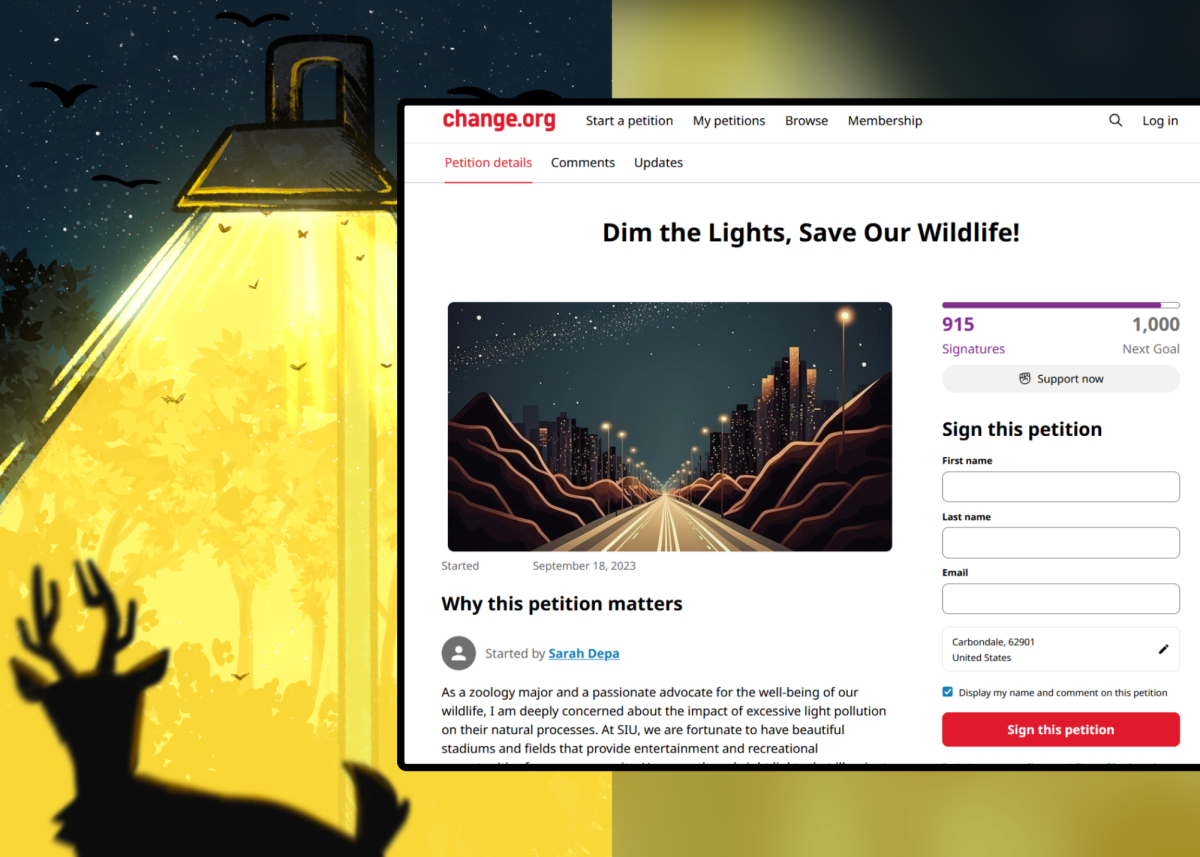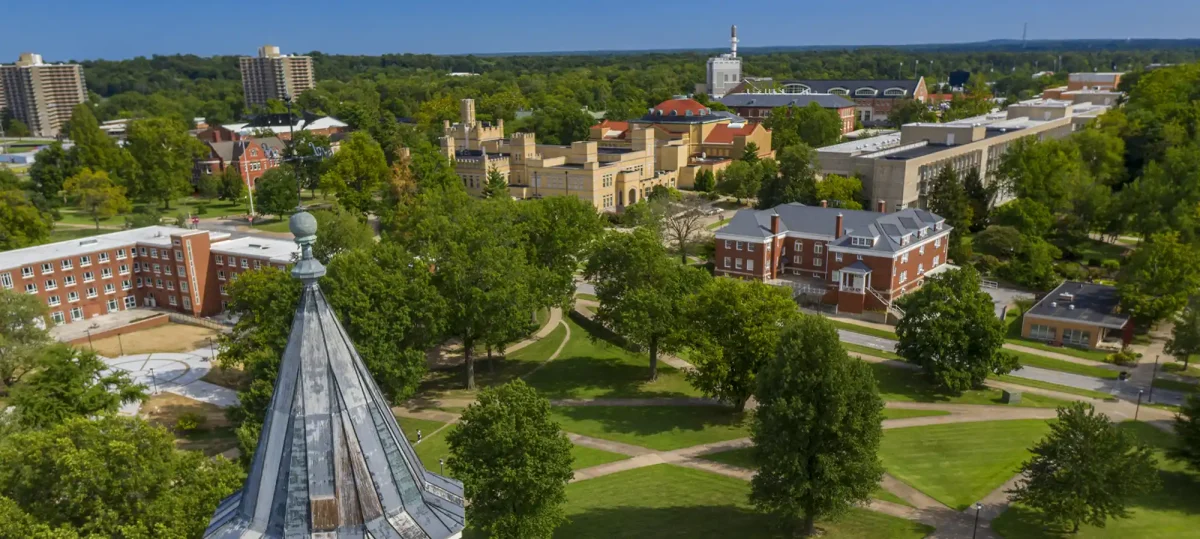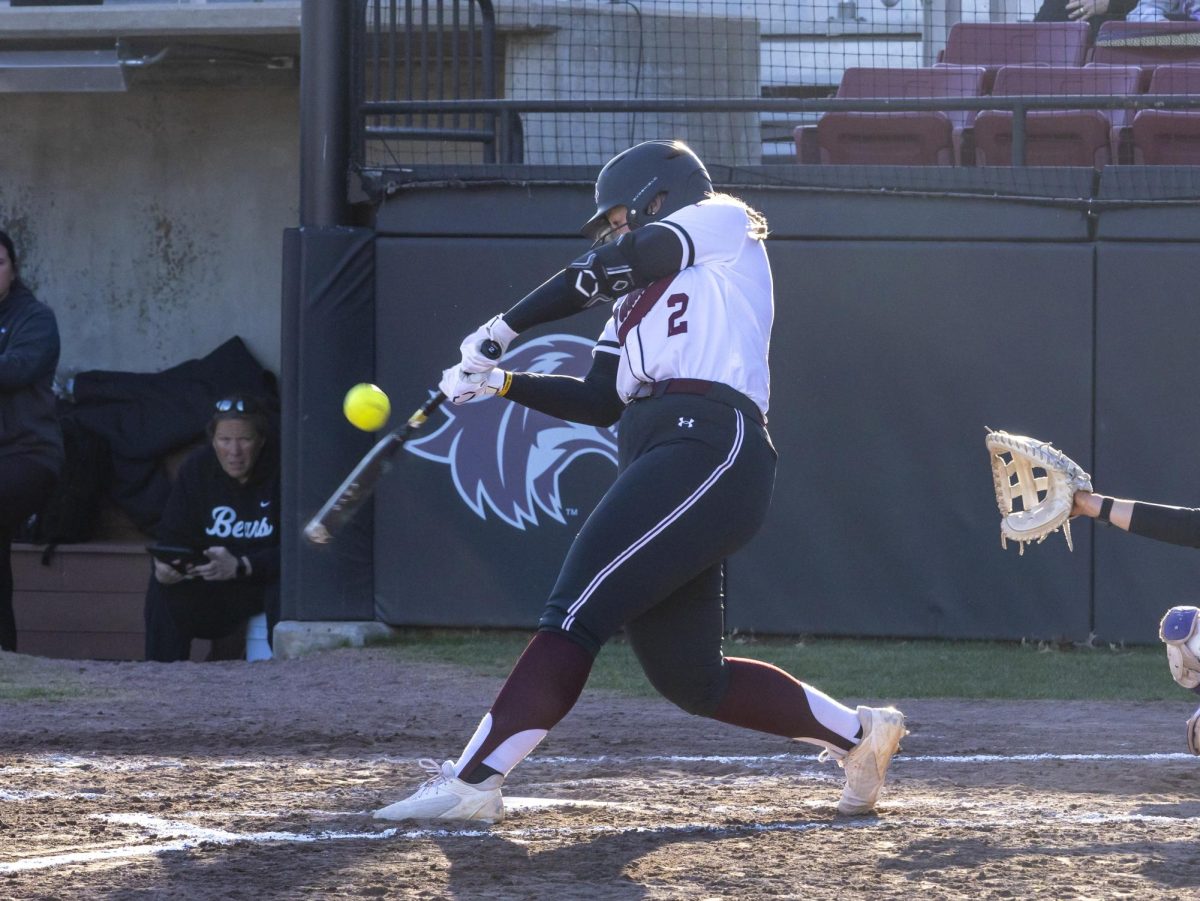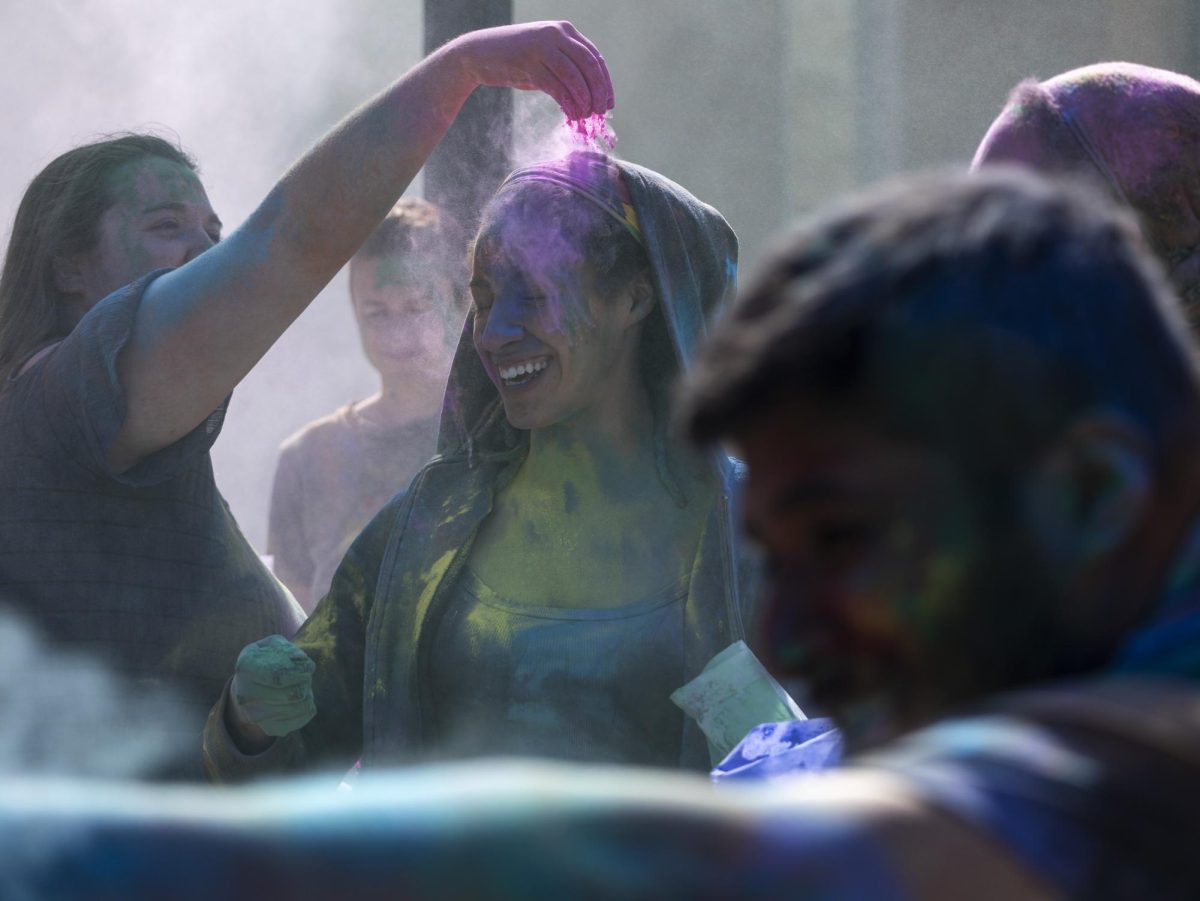“Dim the lights! Save our Wildlife!”
On Sept. 18, senior Sarah Depa created a petition addressing concerns of light pollution at Southern Illinois University, calling for local authorities to take action and implement new policies to protect the wildlife on campus.
“As a zoology major and a passionate advocate for the well-being of our wildlife, I am deeply concerned about the impact of excessive light pollution on their natural processes,” Depa wrote. “At SIU, we are fortunate to have beautiful stadiums and fields that provide entertainment and recreational opportunities for our community. However, these bright lights that illuminate our nights are causing significant harm to our local wildlife.”
Advertisement
The petition has a goal of 1000 signatures, and as of Oct. 20, had reached more than 900. Several of these supporters expressed their thoughts in the comments.
“We live on the Mississippi Flyway, one of earth’s great migration paths,” faculty member Erin Anthony wrote. “We owe the birds dark skies for their vital journey. All Earthlings deserve dark, peaceful skies.”
Students from across other areas of study have shared their backing as well. Physics major Nicolei Matherne wrote, “Without light pollution, people would be able to observe the universe easier and see greater things with the naked eye…This petition deserves more publicity and should really be a law: to preserve [our] cosmos.”
Depa is a member of the University Honors program. The concern was brought to her attention this school year, as part of an assignment for the Environmental Ethics seminar. Her task was to research an environmental issue on campus.
“I didn’t really know that much about it going into this project,” she said. “I go [out] late at night on campus, and I see the football stadium lights on, and I’m like, ‘Why are they on at midnight?’ Just makes me question. So I looked a little bit more into that, and the big topic was light pollution, light pollution, light pollution. And I was just like, ‘Oh, I guess this is my topic, this will be interesting.’”
As a senior finishing out her degree in zoology, Depa quickly learned how closely linked this issue is with her major.
“I did some more research, and I realized that it affects a lot of wildlife,” she said. “…I’m also really interested in human-animal interactions, so this just played right into my wheelhouse.”
Advertisement*
In her petition, Depa called for three main actions to be taken: requiring the stadium lights to remain off whenever possible, implementing timers on lights of smaller fields and changing the color of bulbs to reduce light scattering.
“My main concern is football stadium lights, because they seem to be so bright,” she said. “Those white LED lights just illuminate so much. But I also do want to put an emphasis on the lights already on campus, like parking lot lights, and the [Brightway] Path as well.”
On the other hand, safety is a huge priority to many individuals on campus. A survey conducted by the Daily Egyptian found that 27.3% of participants believe SIU’s campus is too dim.
“We have a large campus for the student body being fairly low in terms of quantity…That being said, the areas need to be well lit to ensure safety for the students,” student Josh Kuntze said. “People need to be able to safely and comfortably walk from place to place, sometimes at night, so this should be the priority over the comfort levels of wildlife.”
Depa agreed that safety should be one of our biggest concerns. However, she noted that there are many possible courses of action that can be taken to protect both students and wildlife.
“I’ve been trying to plan how to reduce light pollution, because one of the number one things is safety,” she said. “Obviously, we need lights to make sure no one’s gonna rob us in the middle of the night…But there are ways around it, I’ve learned.”
To ensure safety, Depa plans to encourage the SIU student body and officials to consider alternatives, such as the Brightway Path and motion-sensored lights.
“I really want to promote the Brightway Path more…We all know somebody that’s gone into the forest, and it’s like pitch black…It is the shorter way, but at what cost?” she said. “If I promote the bright path more, I think it’ll be a good, safe alternative to having [additional] lights on. And it will help create [maintain] a little sanctuary for the animals that do live in the forest.”
Student Parker Handley agrees. She said, “Even though it can be a little scary walking at night in the dimmer-lit areas on campus, I think it’s worth it to protect all the wildlife that we have here. I think as long as we have some brightly lit paths…dimming other lights shouldn’t be a problem at all.”
As for motion-sensor lights, Depa said it could be a good alternative to the lights we currently use on campus.
“If there’s no one in the area, [the motion-sensor lights are] not going to illuminate. But if you’re there, obviously walking or just standing, it’ll probably go off and then you’ll have enough light to see,” she said. “[The issue] is really just having [lights] on when nobody’s around, or having too many of them in a row; it’s just the excessive amount.”
In Fiscal Year 2006, SIU’s electricity bill reached 6.5 million dollars, as stated by the Facilities and Energy Management webpage. Since then, the SIU Power Plant has switched to fluorescent bulbs and LEDs to conserve energy. However, these types of lights have been proven to cause more harm than good. A study conducted by the University of Southern California in 2018 found that intense white and blue lights are three times more harmful to wildlife than those with warmer hues.
The Daily Egyptian’s survey found that approximately 94% of participants said they would be okay with different lighting. Of that 94%, about a quarter said they would only be okay with it if it was merely the color being changed. Depa noted that this is an option.
“In the parking lot, if you look, I think like 50% of [lights] are orangey, yellow lights that look outdated, almost, and then half of them are the regular white lights…If we just switched to all these orangey kinds, it [would help] a lot with light scattering,” she said.
Some individuals, however, are content with the lighting on campus.
“I love the lighting that has been installed,” staff member Tina Price said. “I am frequently on campus after dark and walking alone. I have taken evening classes in Allyn Hall and will not walk through the Faner underpass due to some of the dark corners…When the new lights came on, it was very striking in a good way, and I loved the effect in addition to being able to see further ahead.”
Depa recognized that the white lights can be helpful to our safety.
“I do think that they could probably keep all the white fluorescent lights they have, as long as they do something else to mitigate the effects of it,” she said.
A potential course of action, according to Depa, is to switch to cone-shaped lights.
“If it’s a cone, it will direct [light] downward,” she said. “So you could still have that bright light illuminated area, but not going up into the sky.”
In her petition, Depa briefly mentioned that light pollution can disrupt sleep cycles, impacting human health in addition to wildlife.
“Exposure to bright lights at night disrupts sleep patterns which can lead to insomnia or other sleep disorders,” she wrote. “This disturbance in sleep negatively impacts overall well-being and productivity.”
There are other concerns as well.
“I find the use of artificial light in the hallways unnecessary, especially when we have plenty of natural light in west campus dorms,” student Michael Grismer said. “It doesn’t align with [SIU’s] pillar of sustainability when we keep our lights on all day long.”
For students wanting to decrease their contribution to light pollution, Depa suggests starting with small actions and working up from there.
“Even just the simple fact of turning your lights off from your room when you’re leaving can help with wildlife,” she said. “I mean, if you have a tiny little frog that’s right by your window, it can be affected by the amount of light that’s coming from your room. So it really does start with just the [individual]. A small act can help a lot.”
Awareness and education can also play a huge role in advocating for environmental issues, she said.
“[Campaigning] in general is just so monumental when it comes to environmental issues, because most of the time people don’t really know what light pollution or other topics are…An awareness campaign can really help educate and also unite people,” Depa said.
To learn more about Depa’s campaign and how to help, stop by her tabling event in Morris Library, near the Lincoln sculpture, on Nov. 7 from 9 a.m. to 12 p.m.
Advertisement











